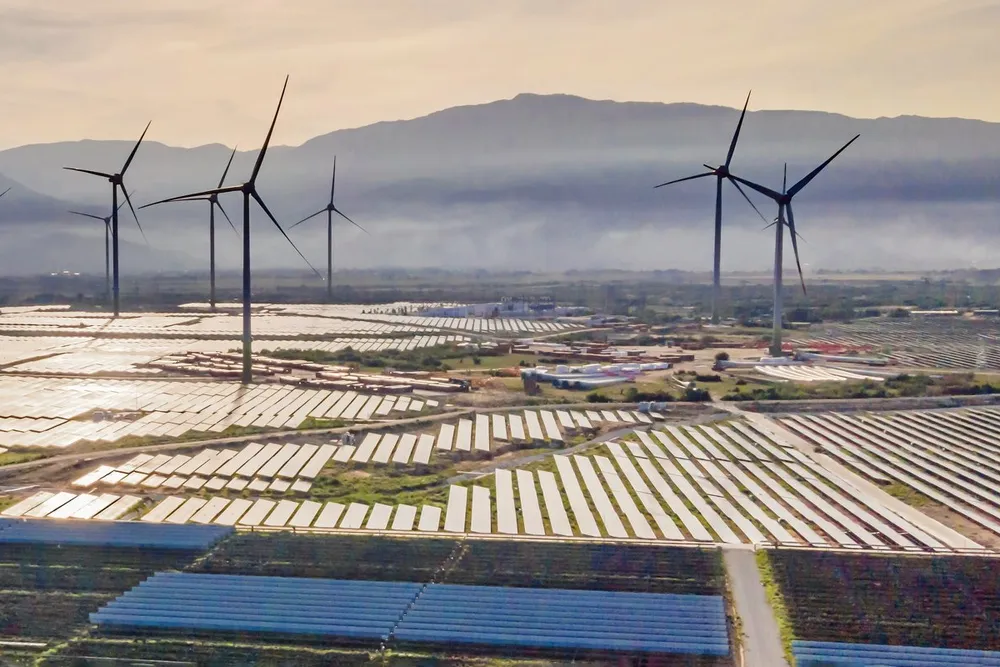'Must try $578bn harder': why US energy infrastructure just got a bad school report
Sector given poor report card as progress is not happening fast enough to keep up with an increasingly electrified society

US energy infrastructure is failing to keep pace with demands of economic growth and despite gains in federal funding is seeing a $578bn investment gap, according to the nation’s largest civil engineering association.
The score, based on typical US school report card levels from A to F, indicates the “infrastructure is in fair to poor condition and mostly below standard, with many elements approaching the end of their service life.”
The report's latest iteration found nearly half of the categories it assesses improved since the 2021 release, spurred by federal funding in the Infrastructure Investment and Jobs Act (IIJA) and Inflation Reduction Act (IRA).
“This forward momentum is due in large part to the actions of the federal government in partnership with state and local governments and the private sector,” the report said.
Despite a $1.3trn IIJA and IRA-driven surge in anticipated investment over the next decade, energy infrastructure is not among those that saw its score improve.
Data centres, artificial intelligence, and electric vehicles are “adding immense strain to an already fragile and aging electric grid,” the report said. It expects data centre demand to grow 10% annually, reaching 35GW by 2030, contributing to summer and winter peaks skyrocketing 15% and 18%, respectively, by 2034.
The nation's surge in clean energy deployment since 2020 occurred amid widespread coal-fired power plant retirements spurred by mounting state emissions reduction goals. Renewables “are merely replacing the lost generation rather than matching demand growth,” it noted.
Renewables now comprise 22.8% of US power generating capacity to coal's 15.8% share, according to the association.
A 2.6TW backlog in the US transmission interconnection queue is a key source of delayed system expansion, as well as lengthy permitting regimes that can take a decade to get through.
“Interregional connections accelerated by streamlined regulatory review, rigorous design standards, and resilient technologies must be implemented to ensure reliability in the years ahead,” the report said.
(Copyright)